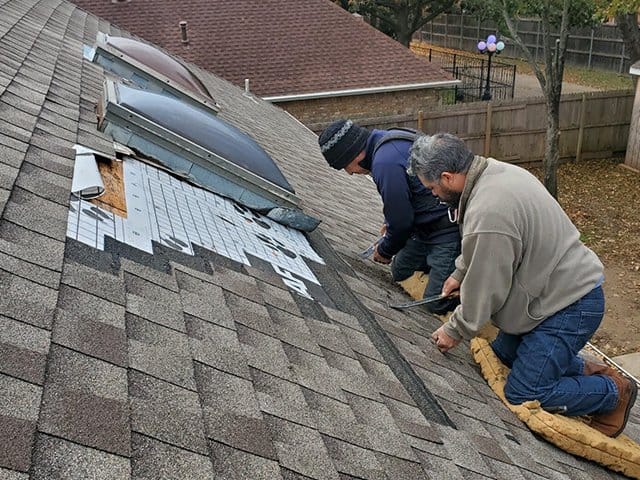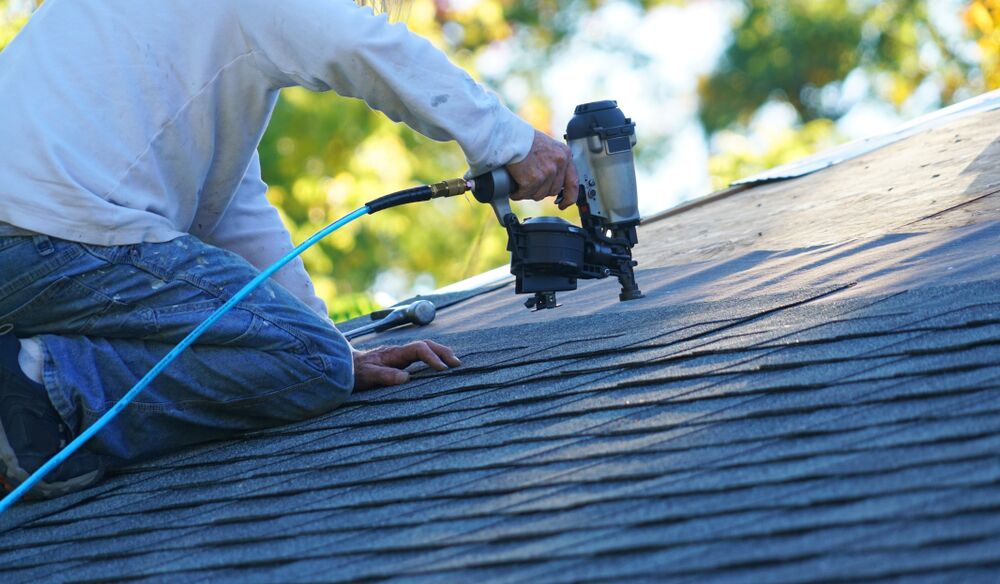Roofing Oahu: Top Quality Providers for Resilient Roofs in Oahu
Roofing Oahu: Top Quality Providers for Resilient Roofs in Oahu
Blog Article
Recognizing the Different Kinds Of Roofing Systems: A Comprehensive Guide for Homeowners
In the realm of homeownership, selecting the suitable roof covering style is a choice that carries considerable ramifications for both functionality and visual charm. With a selection of alternatives-- varying from the conventional gable to the contemporary flat-- each type presents distinct benefits and obstacles that need to straighten with the property owner's specific requirements and ecological factors to consider. Understanding these differences not just aids in making an informed selection but additionally influences lasting maintenance and energy efficiency. As we discover the details of different roof kinds, it ends up being noticeable that size does not fit all; the best selection may surprise you.
Gable Roofings
Gable roofs, characterized by their triangular shape, are amongst one of the most popular roof styles as a result of their simplicity and efficiency in losing water and snow. This style features 2 sloping sides that meet at a ridge, permitting reliable drain and lessening the threat of water build-up. The steep pitch generally connected with gable roofings boosts their capacity to handle heavy rainfall, making them ideal for different environments.
In enhancement to their practical advantages, gable roofs provide visual adaptability. They can be adapted to numerous architectural designs, from conventional to modern homes. The style can also fit extra attributes such as dormer home windows, which enhance natural light and ventilation in the attic space.
Furthermore, saddleback roofs provide sufficient room for insulation, adding to power performance. Property owners can select from a selection of roof products, including asphalt roof shingles, steel, and ceramic tiles, additionally boosting personalization options.
Despite their advantages, saddleback roofs may require extra support in locations vulnerable to high winds or hefty snowfall. In general, the saddleback roof remains a popular option due to its blend of functionality, toughness, and visual allure.
Apartment Roofs
Flat roofing systems are typically recognized for their minimal design and sensible applications, specifically in industrial and industrial settings (oahu roofing). These roofings include a horizontal or nearly straight surface area, which enables simple building and construction and flexible space usage. While they might do not have the visual charm of angled roofs, flat roof coverings provide many benefits, specifically in city atmospheres where taking full advantage of room is crucial
One of the primary benefits of level roofs is their ease of access. Property owners can use the roof space for various functions, such as roof yards, terraces, or solar panel setups. In addition, level roofs are usually more economical to maintain and install compared to their sloped counterparts, as they call for less products and labor.
However, flat roofings do existing particular obstacles. Correct water drainage is crucial to protect against water pooling, which can bring about leaks and architectural damages. Therefore, picking top quality waterproofing products and routine inspections are crucial for guaranteeing longevity. Usual products utilized for level roof coverings consist of built-up roof (BUR), changed bitumen, and single-ply membrane layers, each offering distinct benefits. In general, level roofs act as a adaptable and functional selection for lots of homeowners and services alike.
Hip Roof Coverings
Hip roofing systems are identified by their sloped sides that merge at the top, developing a ridge. This design stands out from gable roofings, as all 4 sides of a hip roofing system incline downwards toward the wall surfaces, providing an extra stable framework. The angle of the slopes can differ, enabling adaptability in architectural visual appeals and capability.
Among the primary advantages of hip roofings is their capacity to endure linked here heavy winds and damaging climate condition. The sloped surface areas enable better water drain, minimizing the risk of leaks and water damage. Furthermore, hip roofs supply boosted attic space, which can be made use of for storage space or perhaps transformed right into habitable locations.
Nonetheless, constructing a hip roof covering can be much more intricate and pricey than simpler roofing types, such as gable roof coverings. The added product and labor associated with developing the slopes and guaranteeing correct architectural integrity can result in higher expenditures. In spite of these downsides, lots of home owners prefer hip roof coverings for their toughness, aesthetic allure, and possibility for power efficiency.
Mansard Roofing Systems
Mansard roof coverings, typically acknowledged by their special four-sided layout, feature 2 inclines on each side, with the lower incline being steeper than the top. This building design, stemming from France in the 17th century, is not only visually enticing however useful, as it takes full advantage of the functional room in the top floors of a structure. The high lower slope allows for more clearance, making it an excellent choice for attics or lofts, which can be transformed right into living spaces.
Mansard roofings are identified by their convenience, fitting various building designs, from standard to contemporary. They can be built with different materials, including asphalt roof shingles, slate, or steel, giving property owners with a series of choices to suit their preferences and budget plans. Furthermore, the layout allows for the assimilation of dormer windows, improving natural light and air flow in the top degrees.
Nevertheless, it is important to think about the potential drawbacks. Mansard roofing systems might call for even more upkeep as a result of the intricacy of their layout, and their steep slopes can be challenging for snow and rain overflow. In general, mansard roof coverings incorporate style with practicality, making them a popular selection among homeowners looking for distinctive architectural attributes.
Dropped Roofs
As property owners progressively seek simpleness and functionality in their building styles, shed roof coverings have actually arised as a preferred choice. Defined by a single sloping aircraft, a shed roof offers a minimalist aesthetic that matches different home designs, from contemporary to rustic.
One of the primary benefits of a shed roof is its straightforward construction, which commonly converts to lower labor and product costs. This style enables effective water drainage, minimizing the danger of leaks and water damages. Furthermore, the upright incline provides adequate area for skylights, boosting all-natural light within the interior.
Lost roofings likewise supply convenience in regards to usage. They can be efficiently integrated right into additions, garages, or exterior frameworks like structures and sheds. Furthermore, this roofing system style can fit numerous roof covering products, consisting of steel, asphalt roof shingles, or also environment-friendly roofings, straightening with environment-friendly efforts.
However, it is important to take into consideration regional climate problems, as hefty snow tons may demand changes to go right here the roofing's angle or structure. Generally, dropped roof coverings present a functional and aesthetically pleasing alternative for home owners seeking to make best use of performance without compromising design.
Final Thought


Gable roofings, characterized by their triangular form, are amongst the most preferred roof covering designs due to their simpleness and performance in shedding water and snow. oahu roofing. The steep pitch commonly connected with gable roofing systems improves their capability to deal with hefty precipitation, making them suitable for different environments
While they might lack the visual appeal of pitched roof coverings, flat roofing systems supply countless benefits, particularly in city settings where making best use of area is vital.

Report this page